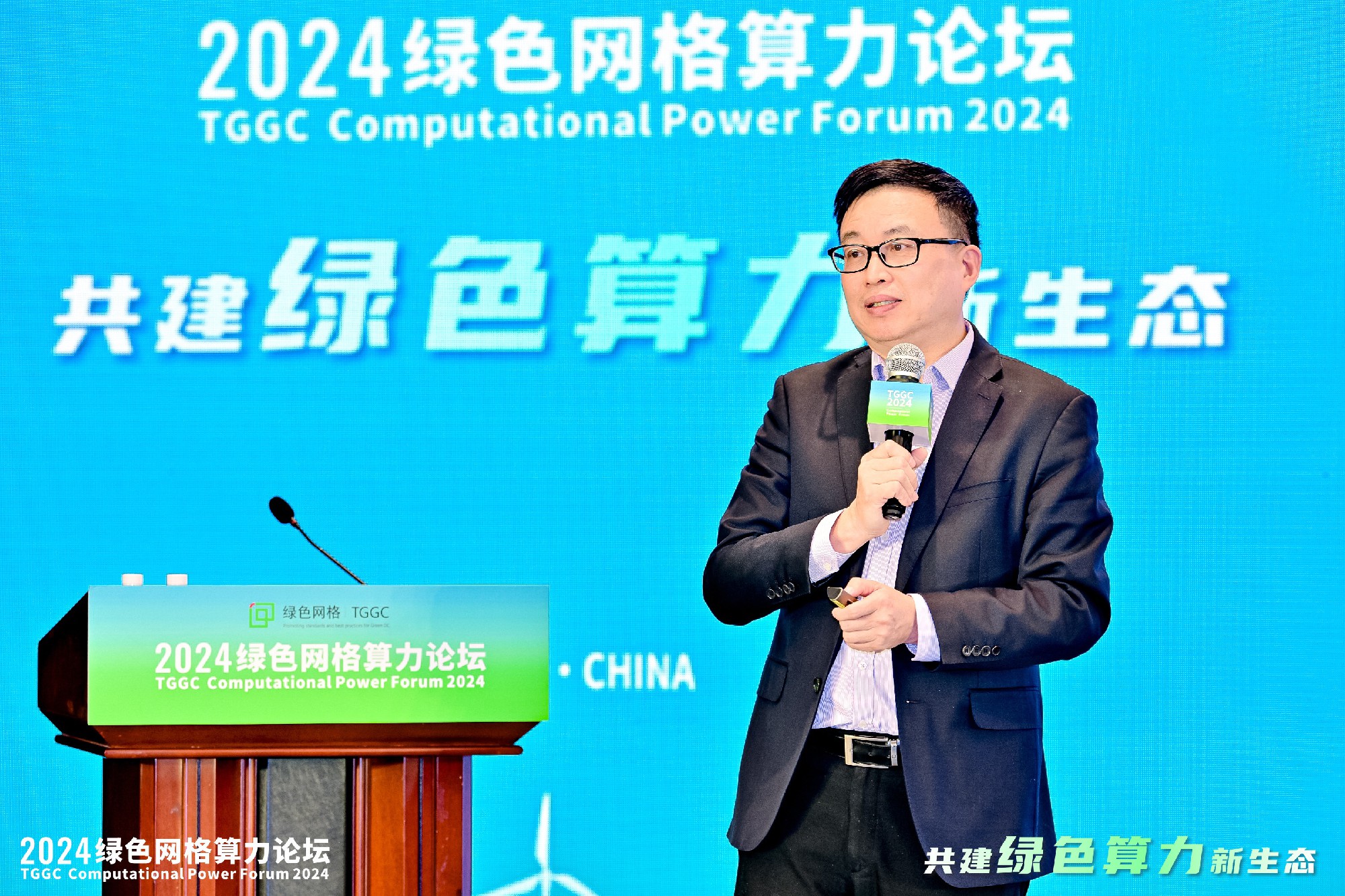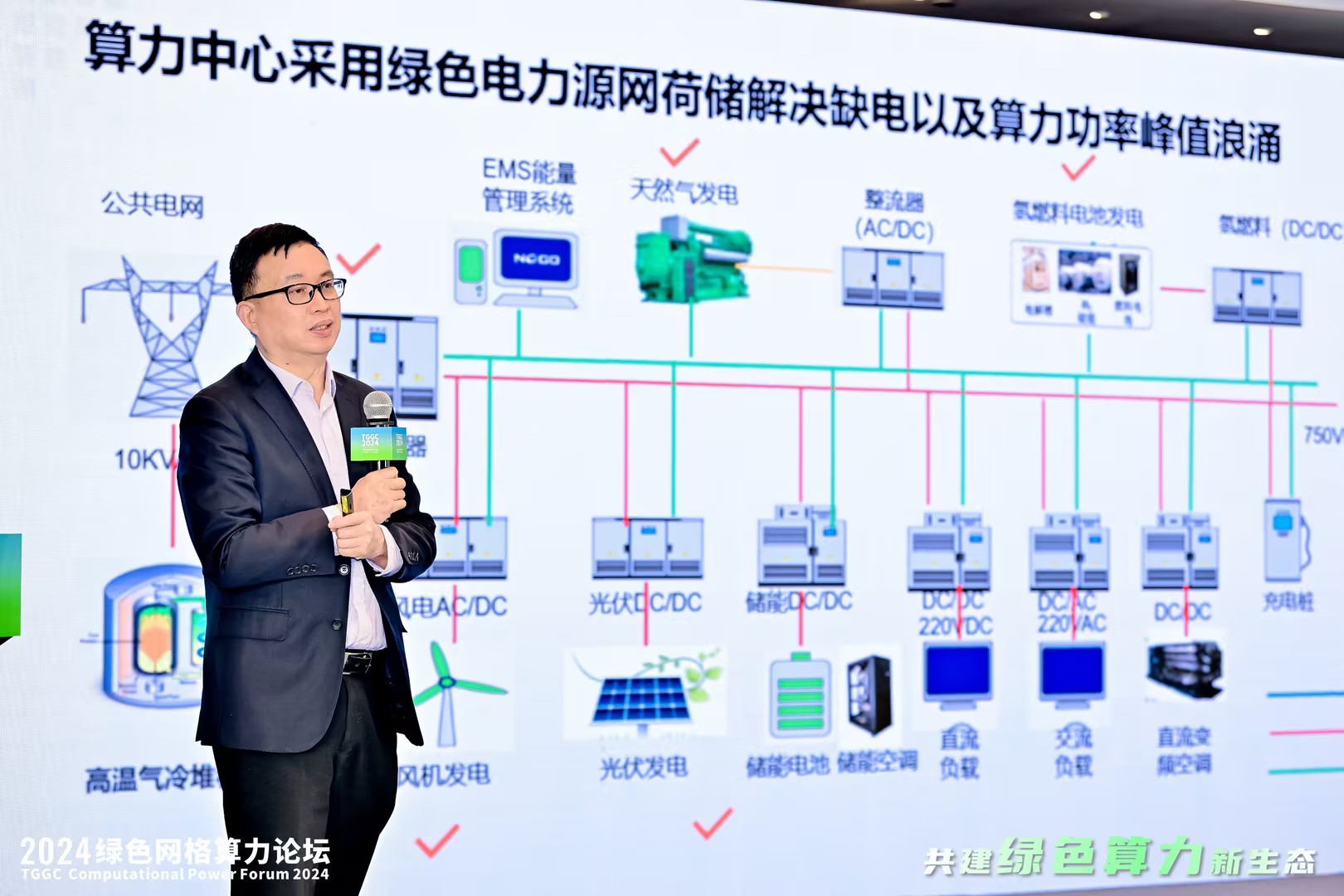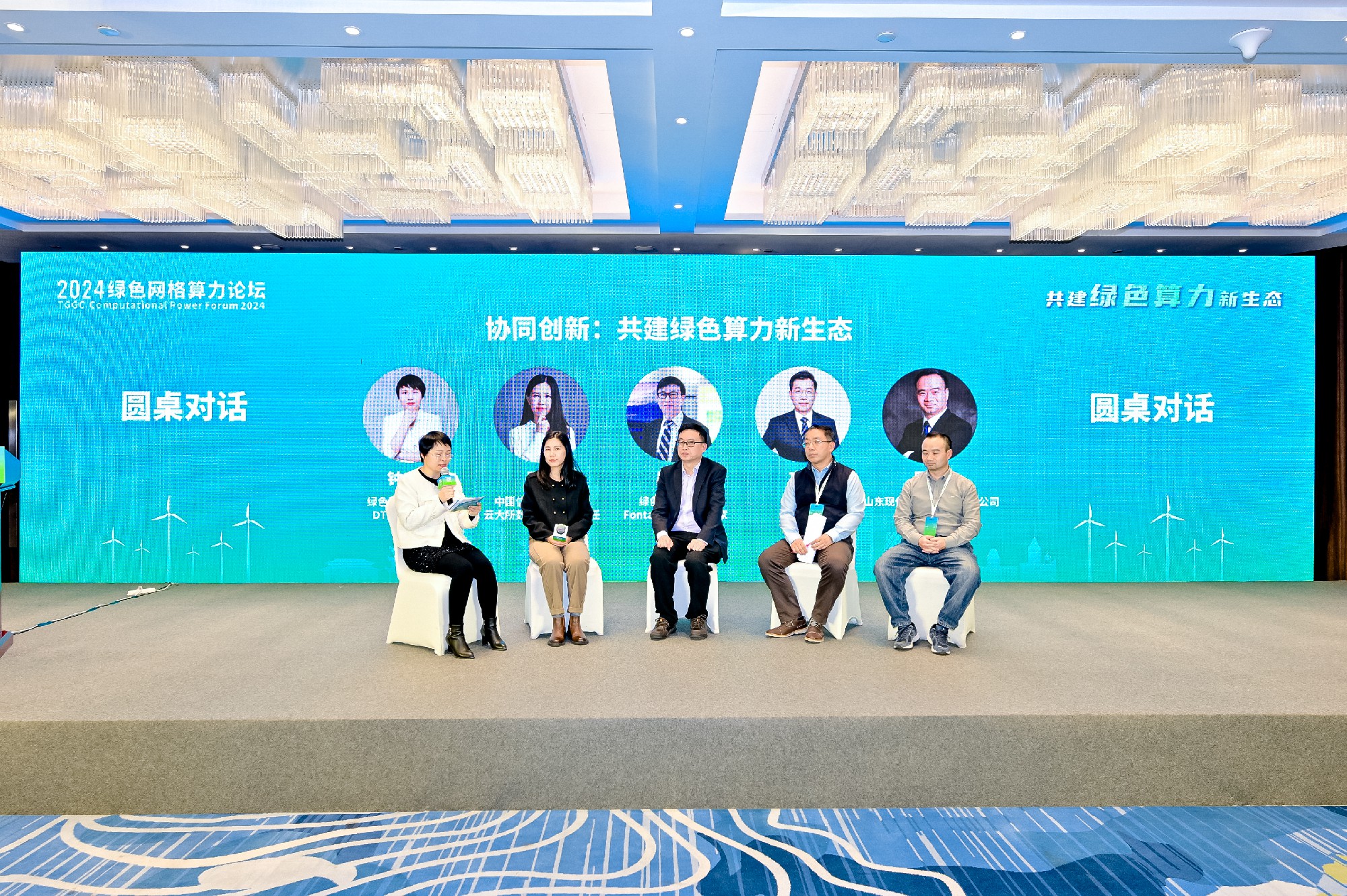On December 13, 2024, the "2024 Green Grid Computing Power Forum" successfully took place at the Park Plaza Beijing Science Park Hotel. Hosted by the China Communications Standards Association and co-organized by The Green Grid (TGGC) and the Open Data Center Committee (ODCC), the forum brought together over 150 distinguished participants, including TGGC presidential members, industry leaders, international partners, technical experts, end-users, researchers, and corporate representatives.

At the Green Grid Computing Power Forum, Mr. Wu Jian, Vice Chairman of The Green Grid and Senior Expert at FC Tech, delivered a keynote speech titled "The Ultimate Goal of Computing Power is Green Electricity." Focusing on the development trends of computing power and green electricity. Mr. Wu explored the global investment trends in AI computing power, the impact of large-scale computing power centers on electricity, the pain points faced by computing power centers and their solutions, as well as the business operations and commercial models of green electricity computing power centers among related enterprises. He emphasized the importance of green electricity in the development of computing power centers.
"The current investment boom in AI computing power is in full swing. Elon Musk's xAI Colossus supercomputing center has just raised 35.5 billion, planning to expand the number of GPUs at the Memphis xAI Colossus super computing center from 100,000 to 1 million for training the chatbotGrok. Microsoft and OpenAI′s data center investment plan has entered Phase3, with an estimated total investment of 115 billion. Amazon has announced a 150 billion investment over the next 15 years to build AI data center sand will invest 10 billion to construct the world's largest AI cluster in Louisiana, USA." said Mr. Wu.
According to a Goldman Sachs report on U.S. computing power center electricity demand, the large-scale and rapid deployment of AI has significantly impacted the country's electricity demand. The proportion of computing power centers in the country's total electricity consumption has increased from 3% in 2023 to 8% in 2030. Computing power centers contribute 90 basis points to the 2.4% compound annual growth rate of U.S. electricity demand from 2022 to 2030. Large-scale AI deployment has become a key engine for U.S. electricity growth.
Mr. Wu analyzed with examples, taking the xAI Colossus supercomputing center as an example. It has a 100,000-card cluster and plans to expand its scale, consuming a huge amount of electricity. For instance, each NVIDIA H100 GPU consumes approximately 700W at full power. With 100,000 chips operating at full capacity, they consume 70MW of electricity, and the entire data center's maximum power consumption is 150MW, accounting for one-quarter of Memphis's total power generation. Furthermore, there are significant fluctuations in electricity consumption during training, which can have a substantial impact on the power grid, with power fluctuations ranging from a decrease of 80% to an increase of 3,500%, and significant instantaneous fluctuations. These issues pose two severe pain points for the rapid development of computing power centers: power shortages preventing server cabinets from being powered on and planned deployments; and power peak surges causing damage to diesel generators, UPS bypassing, and even server downtime.

The solution adopted by the xAI Colossus supercomputing center is to use a combination of natural gas, photovoltaics, and Magapack energy storage systems to address power shortages and absorb power peak surges.
"The best solution is for computing power centers to adopt green electricity source-grid-load-storage to address power shortages and computing power peak surges," Mr. Wu pointed out. This includes green electricity supply models such as gas-fired power generation + wind power + energy storage, gas-fired power generation + photovoltaics + energy storage, etc., combined with energy management systems to achieve effective power management and regulation to solve the problems of power shortages and power peak surges.
Finally, Mr. Wu also introduced the business operations and commercial models of related enterprises' green electricity computing power centers: FC Tech's main business involves providing full-lifecycle IT and infrastructure solutions for computing power centers, including consultation and planning, solution design, project implementation, delivery, and management, as well as operation and maintenance services. It also offers liquid cooling (cold plate liquid cooling and immersion liquid cooling), air-cooled AI server rack services, and maintenance services. Mr. Wu specifically introduced GPU repair services (divided into beginner, intermediate, and advanced levels of maintenance), using specialized tools for system, component, and board fault location.

Mingyang Group has partnered with FC Tech to establish the Green Digital Business Unit, expanding the commercial model for green electricity computing power centers. Existing businesses include Mingyang's wind power generation, photovoltaic power generation, hydrogen production, etc., and FC Tech's data center operation and maintenance. Expanded businesses include green power stations + computing power/data center solutions to meet electricity demand and help achieve carbon targets; and a green electricity AI management cloud platform to monitor and optimize electricity usage. Future plans include replicating domestic success cases overseas, especially in Southeast Asia, to fully prepare for the international expansion of green electricity computing power centers.